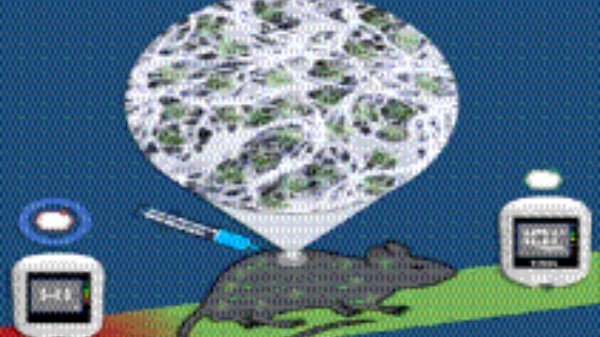New Delhi, May 15: Scientists at the Jawaharlal Nehru Centre for Advanced Scientific Research (JNCASR) have recently developed injectable silk fibroin-based hydrogels for sustained insulin delivery in diabetic patients.
The autonomous research institute under the Department of Science and Technology has also filed a patent application for this invention.
On Friday, it was informed by the Ministry of Science and Technology that Professor T. Govindraju and research team of the JNCASR have developed a silk fibroin (SF) formula using bio-fibomotropable additives and designed an injection SF hydrogel (iSFH) that can facilitate insulin delivery in patients with diabetes. iSFH has successfully demonstrated the delivery of activated insulin in mice, and the results of the demonstration have been published in the journal ACS Applied Bio Material.
JNCASR scientists have shown that ingestion of ISFH-containing insulin under the skin in diabetic mice constitutes an active depot under the skin, from which insulin slowly exits and restores physiological glucose homeostasis for a prolonged period of 4 days keeps. There is no risk of sudden decrease in blood sugar due to high concentration of insulin in the blood. The viscous additives used by the team limited the mobility of SF proteins and rapidly resulted in gel. Microstructures provide mechanical strength. (To aid injection) The stomatal motif of ISFH helped in encapsulation (capsule formation) of human recombinant insulin in its active form in diabetic rats.
Over 70 million people are affected by diabetes in India, which ranks second in the world. It occurs as a result of the loss of beta cells within the body or insufficient production of insulin due to insulin resistance, which creates an imbalance in glucose homeostasis and causes a sudden increase in blood sugar levels.
The traditional and last resort of treatment involves repeatedly injecting insulin under the skin to maintain physiological glucose homeostasis. Insulin injection under the skin causes pain, local tissue decay, infection, nerve damage and locally concentrated insulin physically responsible for the inability to achieve glucose homeostasis. This problem can be overcome by controlled and continuous insulin delivery. Encapsulation and continuous delivery of insulin in its active form (without loss of activity) is of paramount importance.





